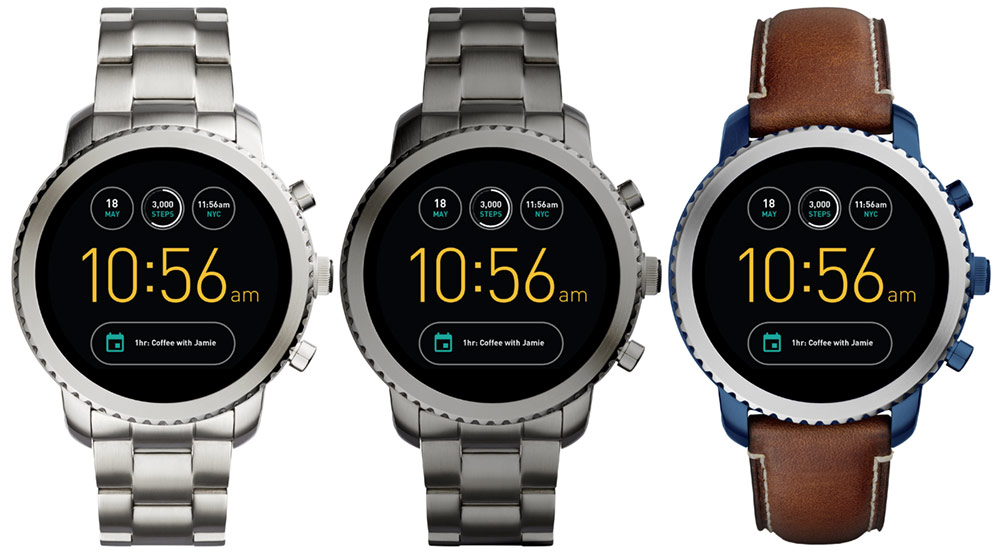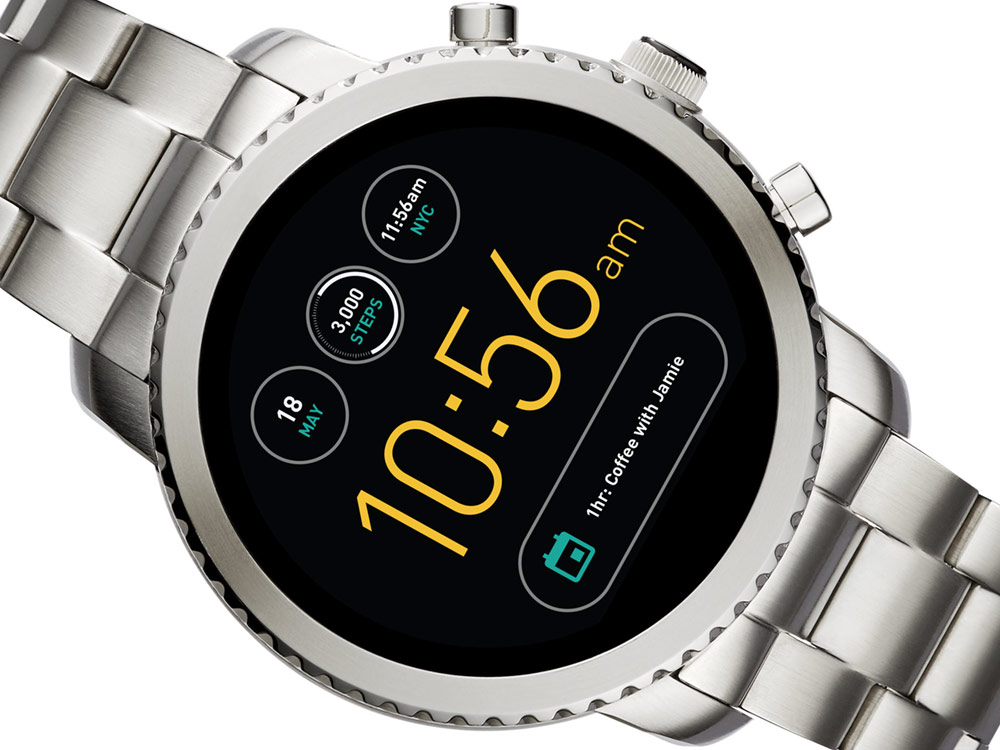 Back in January, it was announced that Google had agreed to purchase the intellectual property rights to some proprietary technology being developed by the Fossil Group. The technology was described at the time as a “new product innovation that’s not yet hit the market” by Greg McKelvey, Fossil’s executive vice president of chief strategy and digital officer. Just a few years ago, Fossil acquired the connected wearable company Misfit as part of a larger strategy to focus on smartwatches and other technology-driven wearables. aBlogtoWatch discussed Fossil’s then smartwatch strategy here. That particular plan seems to have shifted a bit, as Fossil and Google will now be sharing in Fossil’s smartwatch technology and the resources it has developed over the last few years.
Back in January, it was announced that Google had agreed to purchase the intellectual property rights to some proprietary technology being developed by the Fossil Group. The technology was described at the time as a “new product innovation that’s not yet hit the market” by Greg McKelvey, Fossil’s executive vice president of chief strategy and digital officer. Just a few years ago, Fossil acquired the connected wearable company Misfit as part of a larger strategy to focus on smartwatches and other technology-driven wearables. aBlogtoWatch discussed Fossil’s then smartwatch strategy here. That particular plan seems to have shifted a bit, as Fossil and Google will now be sharing in Fossil’s smartwatch technology and the resources it has developed over the last few years.
As the developer of the Android Wear smartwatch operating system, Google doesn’t currently produce any actual smartwatches that we are aware of (the Google Play Store certainly isn’t carrying any at the time of writing). Google’s original focus was to allow third parties to use its own software for its devices — similar to Google’s original strategy with the Android smartphone operating system. Then, Google made the wise decision to offer devices with its software for purists looking for the core experience. That same strategy Google successfully employed with smartphones may soon be coming to smartwatches as it acquires a lot of the hardware intelligence it needs to make a good smartwatch. As we know, a desirable product in this space is only partially about the software.
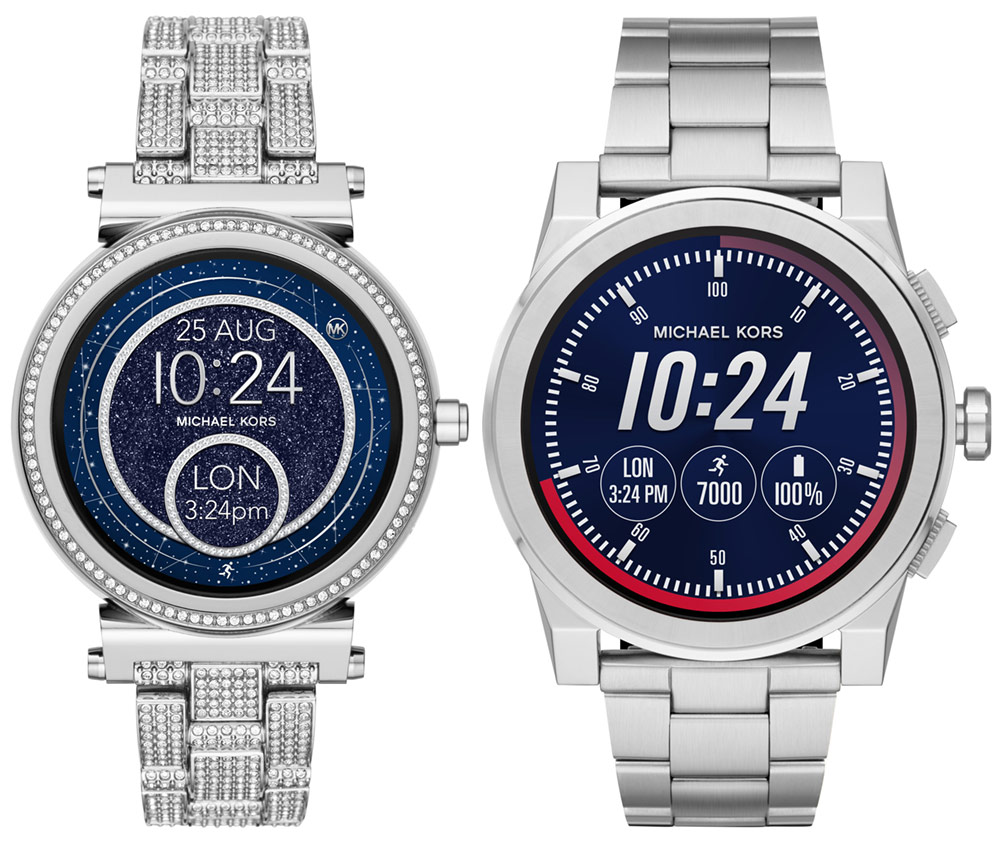
Sister Fossil Group brand Michael Kors has also released the fully round, touchscreen smartwatches with their Michael Kors Access.
Stacey Burr, president of product management for Google’s WearOS platform, explained that Google’s motivation to make the purchase was down to the potential her team believed it had to differentiate the WearOS platform from those of rivals. Burr believed the new development “could be brought out in a more expansive way if Google had that technology and was not only able to continue to use it with Fossil but bring it to other partners in the ecosystem, too.” That statement leaves a lot to be interpreted. Some might read this news as an indicator that Fossil is exiting the smartwatch space. Ariel Adams from aBlogtgoWatch doesn’t think that is at all accurate. He believes Fossil wants to mostly focus on producing non-electronic watch hardware (the case, bracelet, etc.) along with design, while it allows companies like Google to focus on the software side of the smartwatch equation.
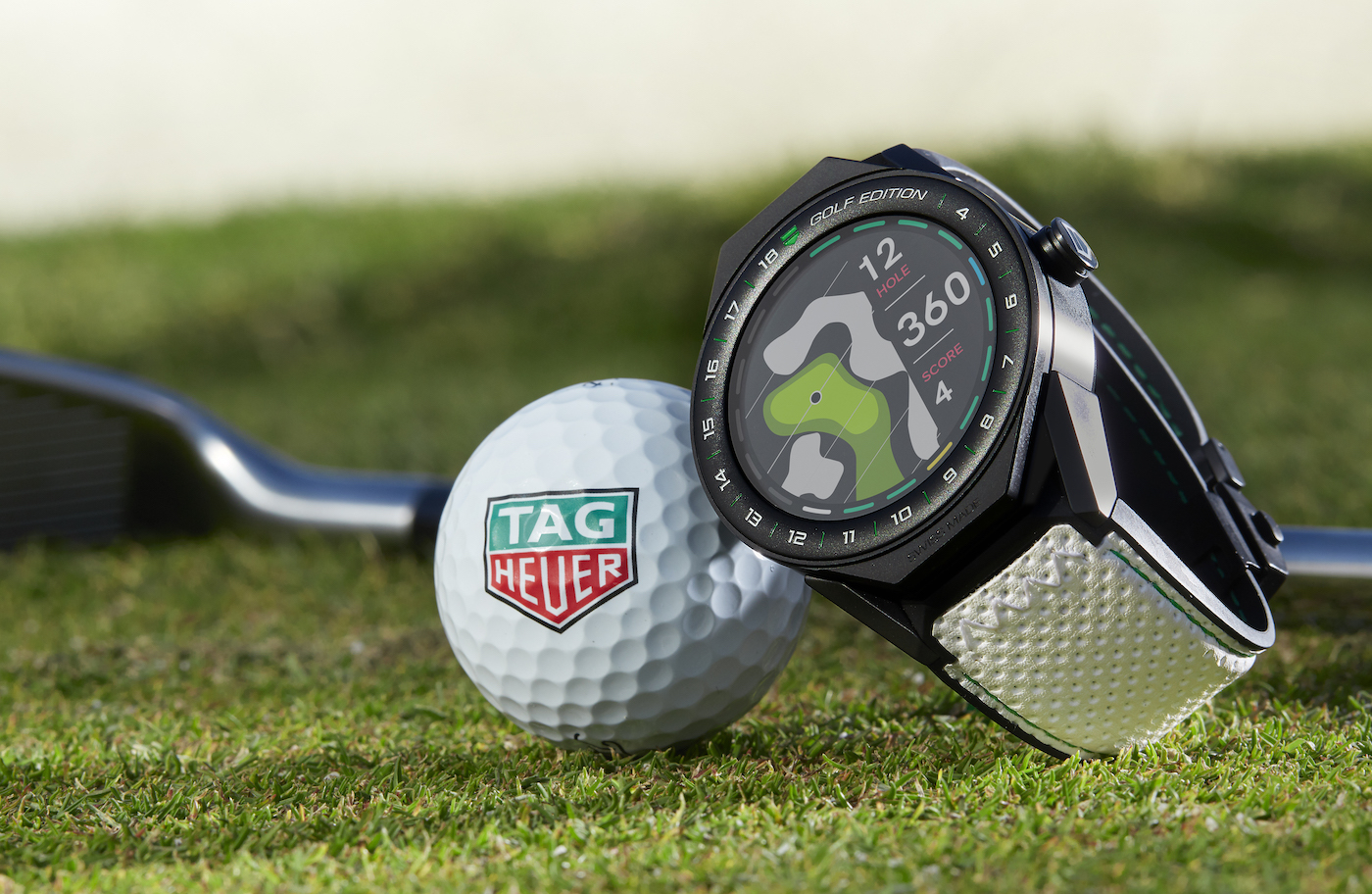
While Google is yet to make its own smartwatch, the company has collaborated with Fossil for years, lending the group its WearOS platform for use in the group’s smartwatches. WearOS is also used in major brands such as TAG Heuer, LG, and Movado. Purchasing this new technology from Fossil, which will also port a portion of its R&D department over to Google so the technology’s new owners can continue its development seamlessly, gives Google not just a head start in creating its own product, but, more crucially, the chance to offer something different.
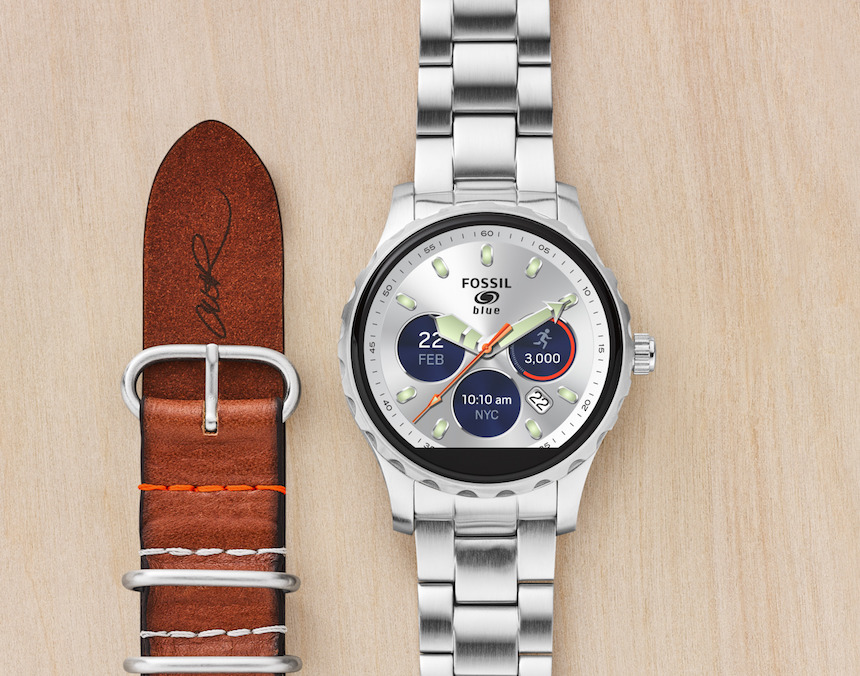
Although we’ve only heard whispers of what this new technology could offer, it is clear from the $40 million USD purchase price that Google believes there’s a good reason to be excited. Forty million bucks sounds like a lot, but in an industry that craves differentiation, it could turn out to be an absolute bargain. As Ariel noted in an article from 2018, the theoretical potential of (and perhaps serious need for) smartwatches (or wearable technology, in general) to take a more active, autonomous role in assessing the environment of the wearer, in order to provide a more intimate and tailored experience, is vast. If this new tech is able to boost the WearOS platform in this manner, then Google could be sitting on a game-changing product, which it will need should it hope to steal away a significant portion of the growing smartwatch market, which IDC (the premier global market intelligence firm) believes will continue to grow by 11 percent through 2022, thanks to increased adoption of smartwatches and wearable technology. To follow the collaboration between Google and the Fossil Group, check out fossil.com.

